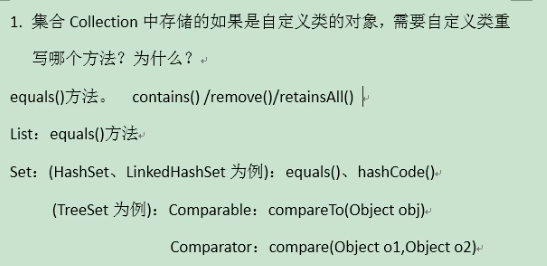Collection 接口继承树
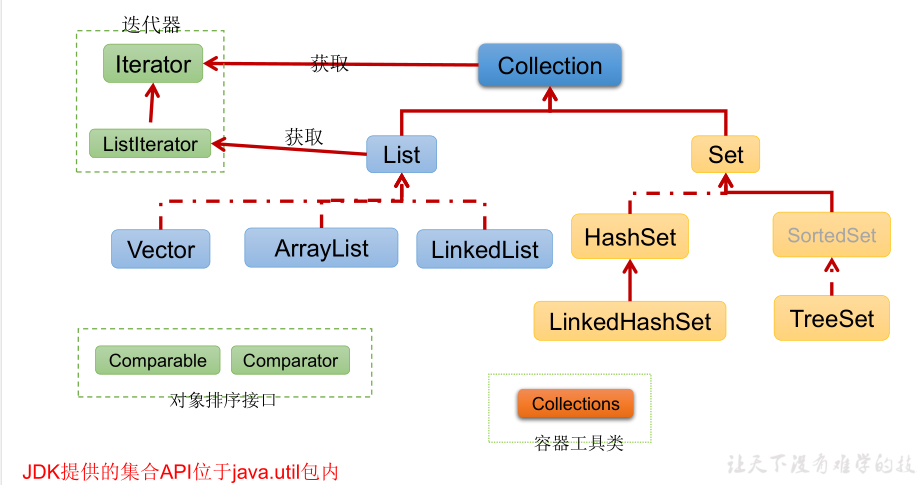
Collection 接口
Collection 接口是 List、Set 和 Queue 接口的父接口,该接口里定义的方法
既可用于操作 Set 集合,也可用于操作 List 和 Queue 集合。
JDK不提供此接口的任何直接实现,而是提供更具体的子接口(如:Set和List)
实现。
在 Java5 之前,Java 集合会丢失容器中所有对象的数据类型,把所有对象都
当成 Object 类型处理;从 JDK 5.0 增加了 泛型以后,Java 集合可以记住容
器中对象的数据类型。
collection接口方法
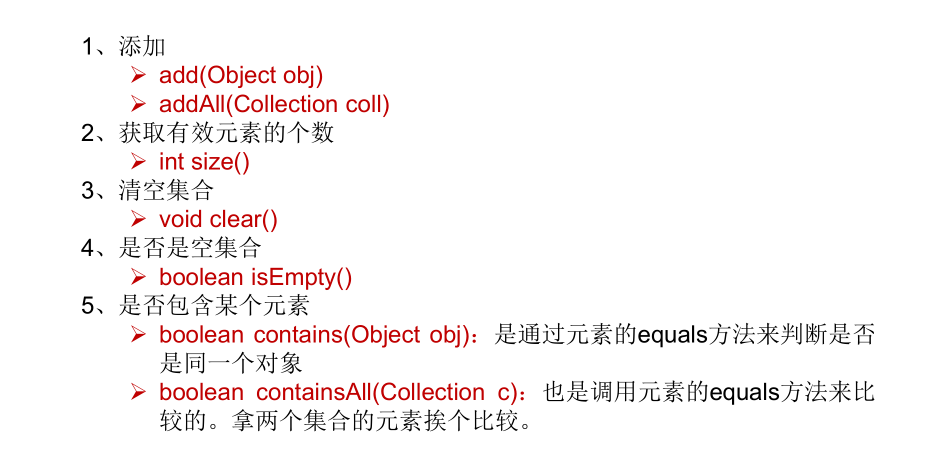
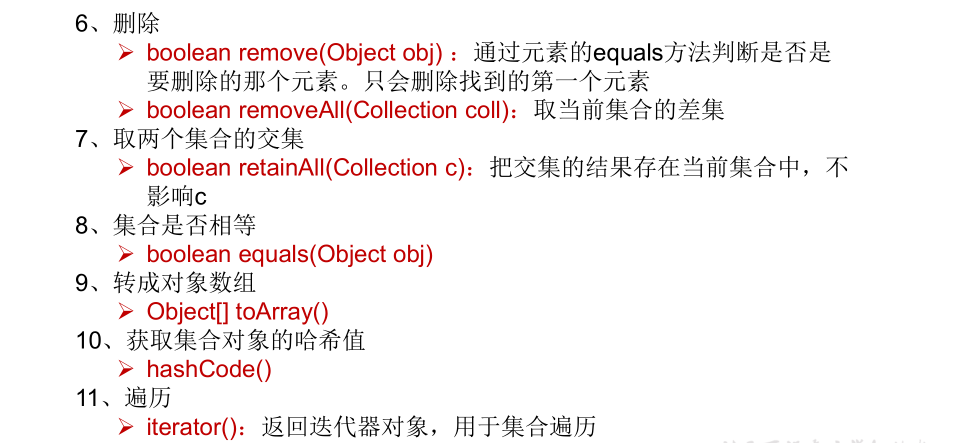
测试例子:
@Test public void test1(){ Collection coll = new ArrayList(); coll.add(123); coll.add(456); // Person p = new Person("Jerry",20); // coll.add(p); coll.add(new Person("Jerry",20)); coll.add(new String("Tom")); coll.add(false); //1.contains(Object obj):判断当前集合中是否包含obj //我们在判断时会调用obj对象所在类的equals()。 boolean contains = coll.contains(123); System.out.println(contains); System.out.println(coll.contains(new String("Tom"))); // System.out.println(coll.contains(p));//true System.out.println(coll.contains(new Person("Jerry",20)));//false -->true //2.containsAll(Collection coll1):判断形参coll1中的所有元素是否都存在于当前集合中。 Collection coll1 = Arrays.asList(123,4567); System.out.println(coll.containsAll(coll1)); }
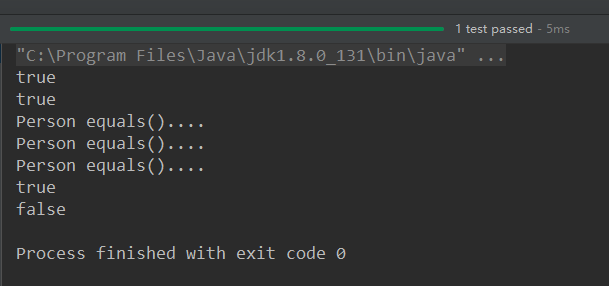
@Test public void test2(){ //3.remove(Object obj):从当前集合中移除obj元素。 Collection coll = new ArrayList(); coll.add(123); coll.add(456); coll.add(new Person("Jerry",20)); coll.add(new String("Tom")); coll.add(false); coll.remove(123); System.out.println(coll); coll.remove(new Person("Jerry",20)); System.out.println(coll); //4. removeAll(Collection coll1):差集:从当前集合中移除coll1中所有的元素。 Collection coll1 = Arrays.asList(123,456); coll.removeAll(coll1); System.out.println(coll); }
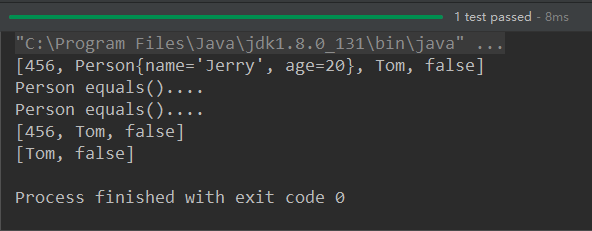
@Test public void test3(){ Collection coll = new ArrayList(); coll.add(123); coll.add(456); coll.add(new Person("Jerry",20)); coll.add(new String("Tom")); coll.add(false); //5.retainAll(Collection coll1):交集:获取当前集合和coll1集合的交集,并返回给当前集合 // Collection coll1 = Arrays.asList(123,456,789); // coll.retainAll(coll1); // System.out.println(coll); //6.equals(Object obj):要想返回true,需要当前集合和形参集合的元素都相同。 Collection coll1 = new ArrayList(); coll1.add(456); coll1.add(123); coll1.add(new Person("Jerry",20)); coll1.add(new String("Tom")); coll1.add(false); System.out.println(coll.equals(coll1)); }

@Test public void test4(){ Collection coll = new ArrayList(); coll.add(123); coll.add(456); coll.add(new Person("Jerry",20)); coll.add(new String("Tom")); coll.add(false); //7.hashCode():返回当前对象的哈希值 System.out.println(coll.hashCode()); //8.集合 --->数组:toArray() Object[] arr = coll.toArray(); for(int i = 0;i < arr.length;i++){ System.out.println(arr[i]); } //拓展:数组 --->集合:调用Arrays类的静态方法asList() List<String> list = Arrays.asList(new String[]{"AA", "BB", "CC"}); System.out.println(list); List arr1 = Arrays.asList(new int[]{123, 456}); System.out.println(arr1.size());//1 List arr2 = Arrays.asList(new Integer[]{123, 456}); System.out.println(arr2.size());//2 //9.iterator():返回Iterator接口的实例,用于遍历集合元素。放在IteratorTest.java中测试 }
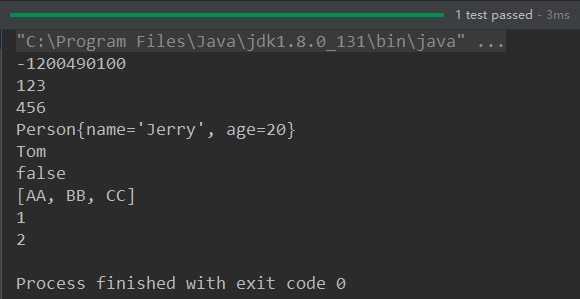
复习:
